10 Electric Car Statistics and Trends – 2025 Update
-

- Last updated:

Note: This article’s statistics come from third-party sources and do not represent the opinions of this website.
Electric cars (known as EVs) are becoming an increasingly popular choice among drivers worldwide. The demand for EVs has been on a good spot in the last two years despite the automotive industry facing a tough time. In fact, EV sales surged by 26% in all top three auto markets.
The first half of 2021 saw an increase of sales by 160% compared to the same period in the previous year. In the same period, China sold 1.1 million units accounting for 12% of total sales and making it the world’s top EV market. EV sales accounted for 3% only in the US, reaching 250,000 units in the same period.
According to IDTechEx analysis, the sale of passenger EV cars is on track to hit the five million mark this year alone. The trend will likely continue all over the globe this year and beyond despite the economically adverse conditions.
These trends indicate an accelerated switch to EV, and there are numerous factors for it. Some seek clean energy, and some try to save money, while others want to protect the environment. In this article, we take a look at a variety of electric car statistics and facts.
Click below to jump ahead:
The 10 Most Interesting Electric Car Statistics and Trends
- In 2021, EVs accounted for 23% of all new automobile registrations in the EU. Petrol is still the most prevalent fuel energy source accounting for 41.3% of the market.
- China continues to lead the EV market accounting for 12% of total sales.
- In the US, electric car sales will increase to 585,375 in 2021, up from 345,285 in 2020.
- With 132,000 units sold in Q3 of 2020, the Tesla Model Y is the world’s best-selling electric automobile.
- The global EV charging stations market will grow from $6.79 billion in 2021 to $20.49 billion in 2025 at a 31.8% CAGR.
- Between 2021 and 2030, the global EV market will grow from the current 4,093 thousand units to 34,756 thousand with a 26.8% CAGR.
- The EV passenger vehicle segment will likely be the largest during the 2021 and 2030 forecast periods.
- In 2020, the most car fires per 100,000 vehicles came from hybrids, followed by combustion vehicles.
- The number of EVs recalled due to fires during the 2021 year stood at 152,000 units.
- There’s mounting evidence to show that electric vehicles are just as safe as or even safer than traditional automobiles.

Sales Statistics and Trends
1. In 2021, EVs accounted for 23% of all new automobile registrations in the EU.
(Statista)
Petrol is still the most prevalent fuel in the European Union, accounting for 41.3% of the market. That was a 9.0% decline from the 47.5% in the previous year. This percentage has been declining lately, especially in the last two years, as consumers shift towards EVs.
Despite the disruption of the global supply chain by chip shortage caused by the pandemic, the EV market grew. In the last nine months of 2021, cars with hybrid powertrains saw an 8.8% increase in registration to reach a 19.4% total market share. That was one percentage point behind diesel cars which saw an 8-5% decline to a 20.5% market share.
In the same market, battery-powered electric vehicles (BEV) increased by 3.5%, to account for a 7.6 total market share. Plugin-in hybrid saw a 4.6% increase to capture a market share of 8.6. Despite the overall decline of car registration in Europe, the EV market rose rapidly.
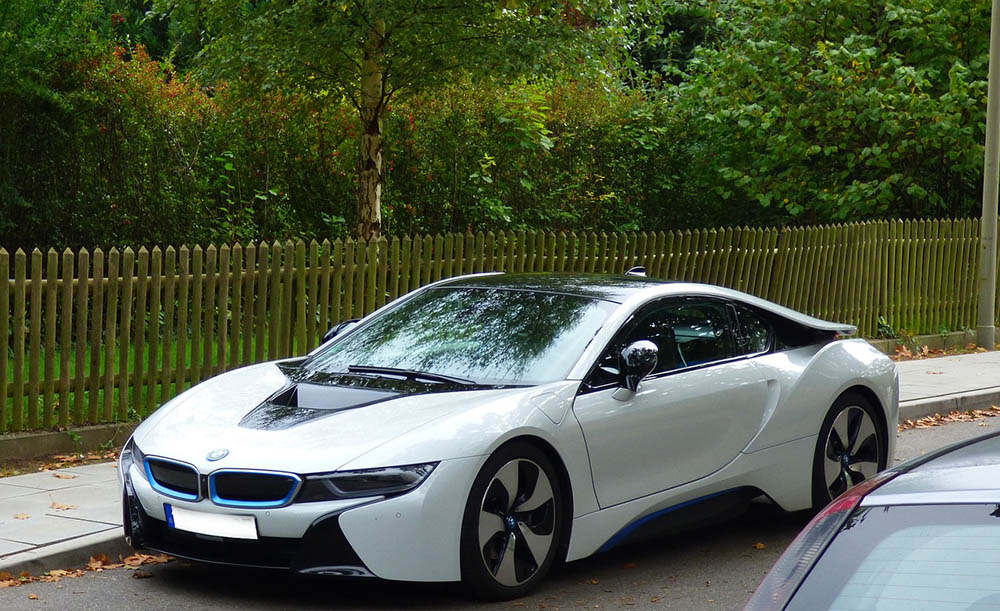
2. China continues to lead the EV market accounting for 12% of total sales.
(Inside EVs)
China has been the global leader in electric vehicles for several years now. In 2021, they accounted for 13.7% of all new automobile sales, and this number will only continue to rise. In the first half of 2021, China sold 1.1 million units accounting for 12% of total sales there.
As of October 2021, mainland China has 2.3 million total sales, making it the world’s largest EV market. That brings the EV market share to 20%, overall meaning one in every five vehicles. Experts predict that the sales might hit three million by the end of 2021, with the current rate.
3. In the US, electric car sales will increase to 585,375 in 2021, up from 345,285 in 2020.
(EV Adoption)
In the first half of 2021, the US saw a record increase in electric vehicle sales. Roughly 291,933 PHEVs and BEVs got sold in the states. That represents about 30K vehicles below the total sold in 2018-2020.
As of October, the total EV sales were only 378,466 units accounting for about 3%. By the end of 2021, you can expect a 70% year-to-year sales increase from 345,285 in 2020 to 585,375.
The country, however, still lags behind other major markets like China and the EU. Arguably, the main limitation to uptake is the trigger brought by the regulation to phase out a scheduled tax credit. The Clean Energy Act for America (CEAA) proposed to replace tax credit per manufacturer with an industrial-wide base.
Expert analysts forecast that the sales will increase significantly this decade. However, they will still compromise a tiny percentage by 2030. On the other hand, internal combustion engines will increase by approximately 20 million.
4. With 132,000 units sold in Q3 of 2021, the Tesla Model Y is the world’s best-selling electric automobile.
(Experian Automotive Market Trends)
In 2021, Tesla led the EV sales race with a 66.3% US market share, followed by Chevrolet who grew to 9.6%. That represented a drop from 79.5% in Q2 of 2020. This difference comes because other brands gained significant market growth throughout the year.
These brands include Nissan that grew to 3.9%, Ford (5.2%) and Audi (3.3%), and Chevrolet, which expanded from 8.3%. Despite the fall in the overall market share dominance, Tesla’s position rose among luxury brands. In fact, it beat Mercedes-Benz to position three in the US. With plenty of other brands promising new electric vehicle models, the market share trend will be an interesting statistic to monitor.
(Car and Driver)
As of October 2021, Tesla sold 132,000 units of its Model Y in the US. In fact, it sold out and was incredibly close to unseating the Honda Pilot to be among the top 25 best-selling vehicles in the whole market.
Model Y wasn’t the only EV from Tesla on this list. At position two among the top-selling was the Tesla Model 3, with 94,900 units sold. Tesla Model S comes at position ten with 5400 units sold in the same period. At position three were Chevrolet Bolt EV and EVU, which sold 24,803 units.

Emerging Electric Vehicle Trends
5. The global EV charging stations market will grow from $6.79 billion in 2021 to $20.49 billion in 2025 at a 31.8% CAGR.
(Reportlinker)
For the longest time, the switch to electric-powered vehicles has had limitations due to the slow growth of charging stations. Unlike combustion engine vehicles, EVs have a limited battery capacity range. However, that’s about to change.
The rapid expansion of the electric vehicle market has led to an increase in the installation of public charging infrastructure. Consequently, this has driven the growth of the global EV charging stations market. With the current electric uptake, you can only expect the charging station market to keep growing.
The marker consists of the sale of infrastructure and electric vehicle charging services. It also consists of both commercial and home charging systems.
Between 2021 and 2025, experts project growth of the charging station market to grow at a 31.8% CAGR (Compound Annual Growth Rate). That will bring the market to a value of $20.49 billion by the end of 2025. The growth will result from companies resuming operations after a two-year pandemic restriction.
The major players in the market include Chargepoint, Siemens, Tesla, Schneider electric, and ClipperCreek. Additionally, the areas where the growth might be significant include Europe, Asia-Pacific, North and South America, the Middle East, and Africa.
6. Between 2021 and 2030, the global EV market will grow from the current 4,093 thousand units to 34,756 thousand with a 26.8% CAGR.
(Report Linker)
Comparing the overall market size of EVs with conventional cars, it is clear that the EV market will continue to grow significantly. That’s because more car manufacturers are lining up to join this new era of electric-powered vehicles.
Many countries like France, the UK, China, India, and Norway already have committed phasing out combustion engine vehicles by 2040 or earlier. Additionally, there are few others who have set an even more ambitious target of 2030. By then, most countries will have the capacity to meet their vehicle demand with electric-powered ones.
The reduced cost of EV batteries is another contributor to the growth. The battery is one of the most expensive components of an EV, accounting for about 40% of the total cost. However, technological advancement coupled with mass production has seen the prices of EV batteries continuously reduce over the past decade.
In the US 2020, the price of EV batteries stood at $ 137 per kWh, representing a drop from $1,100 per kWh in 2010. In China, the price stood at $100 per kWh. The battery price will fall to around $60 per kWh by 2030.
That will reduce the overall cost of EVs and make them cheaper than conventional internal combustion vehicles. Looking at the above factors alone, you can tell how fast the transition is happening.
The demand will be more people switching from gas-guzzlers to EVs. In line with that, the market for electric vehicles will grow by a CAGR of 26.8%.
Additionally, the Asian Pacific market will boast the largest portion of this projected growth. China will continue to dominate in the area, being the world’s largest market and producer of EVs. The main reason for this is due to government subsidies. There are also compulsory laws that mandate all automakers to produce a certain number of EVs against the overall production.
Other countries that will see this rapid growth include Japan and South Korea. Their governments are supportive of the technology and are investing in charging infrastructure. Both have also placed a deadline for shifting to a fully-EV fleet or hybrids.
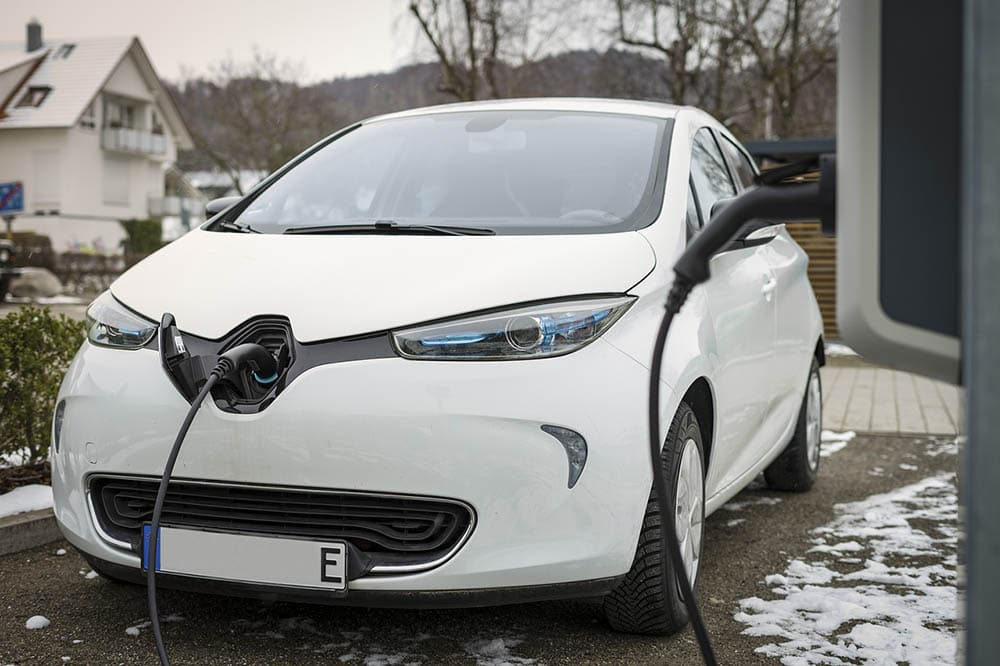
7. The EV passenger vehicle segment will likely be the largest during the 2021 and 2030 forecast periods.
(Report Linker)
There are many countries that have set targets for EVs so they can transition without having to depend on gas-powered vehicles. They have come up with emission regulations and plenty of incentives to help the transition. These countries will be the main drivers of the uptake of EVs.
Germany, the Netherlands, France, Sweden, Norway, and the UK are some of the countries that are at the forefront of this movement. With increased government support and laws that favor EVs, the market is on course for rapid growth.
North America has seen increased uptake of passenger EVs, and this will continue in the forecast period. The US and Canada are among the countries with the highest passenger EVs.
Passenger EVs with rear-wheel drive capabilities will lead the market. Their demand and popularity have been on the rise across all markets. That’s mainly because of the ease of vehicle control.
Fire Statistics
8. In 2020, the most car fires per 100,000 vehicles came from hybrids, followed by combustion vehicles.
(National Transportation Safety Board and Bureau of Transportation Statistics)
It’s more likely to witness combustion cars go up in flames in the event of a collision than electric vehicles. That is because they are generally more gas vehicles than EVs. However, that is not to say that EVs do not face fire desire.
In 2020, the most fires per 100,000 vehicles were from hybrids, accounting for 3,474.5 cases. These numbers represented a total of 16,051 fire cases in the entire year. In the second position were the gas vehicles with 1,529 reported cases per 100,000 units.
The total gas fire cases were the highest at 199,533 in that year. On the other hand, electric vehicles saw the least cases. Despite the recent media reports that rocked the industry, electric cars had the list fires per 100,000 units, with only two models getting recalled.
Electric vehicles fire incidences per 100,000 accounted for 25.1 and total cases of only 52. Based on this data, EVs are more unlikely to catch fire, contrary to media reports.
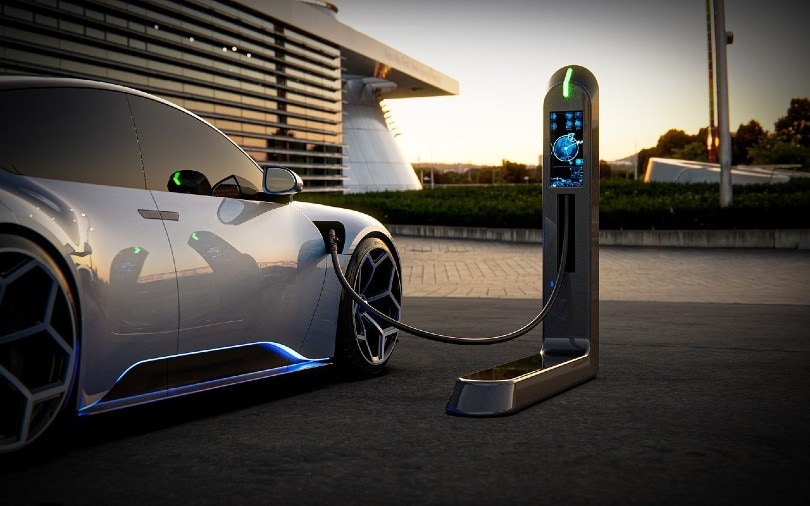
9. The number of EVs recalled due to fires during the same period stood at 152,000.
(Recalls.gov)
The total number of EVs recalled for safety reasons stood at 152,000 units. That was out of 1,177,900 recalled for the same reason during the same period. Gas-powered vehicles accounted for the highest number at 990,800 total cars recalled.
Hybrid cars had the list number of recalls with 32,100 total units recalled. Both the hybrids and EVs had battery issues, while gas-powered cars had electric short issues and fuel leaks.
Additionally, gas-powered brands that got recalled were Kia Cadenza & Sportage, Honda Odyssey, Hyundai Elantra. EVs were only two EVs, the Chevrolet Bolt EV and Hyundai Kona. The hybrid had the most brands. They included the Chrysler Pacifica, Mini Cooper Countryman All4 SE, X5 xDrive45e, 745li xDrive, 330e, i8, BMW 530e, and xDrive30e.
This data shows that EVs and hybrids had battery issues that could cause a fire. Although there are still few EVs on the roads, the ones we have are less likely to catch fire. Regardless of your vehicle of choice, fire can be dangerous.
-
Also See: 15 Electric Scooter Accident Statistics
Safety Statistics
10. There’s mounting evidence to show that electric vehicles are just as safe as or even safer than traditional automobiles.
(Insurance Institute for Highway Safety (IIHS))
According to a set of tests by the IIHS, EVs are safe and sometimes safer than conventional vehicles. The institution did six tests on Mustang Mach E and Volvo XC 40 on collision avoidance, front impacts, and roof strength.
Both vehicles scored perfect, with the Volvo qualifying for the TOP SAFETY PICK+, while the Mustang got a lower-tie TOP SAFETY PICK. That’s not all. Tesla Model 3, Audi e-Tron, and Audi e-Tron Sportback also qualified for a top TOP SAFETY PICK+ earlier 2021.
For a vehicle to get the top award top rating, it needs to get good ratings in all crashworthiness tests. This test includes moderate overlap front, passenger, and driver-side overlap front, roof strength, side, and head restraints. Other parts of the safety test include headlights and front crash prevention systems.
For a vehicle to get a plus award, it must have acceptable or good headlights across all its trim levels. That shows that EVs do not sacrifice safety despite being environmentally friendly.
The claims got backing from an updated 2021 insurance analysis from the Highway Loss Institute. The data indicated that injury claims from EV drivers were fewer than those from gas car owners. The most likely reason for this is that EVs are heavier than their gas counterparts.
This data is critical for those considering an electric vehicle as their next car. Although there are some risks associated with any vehicle type, electric vehicles are much safer than gas-powered cars. Making the switch can help keep you and your family safe on the roads.
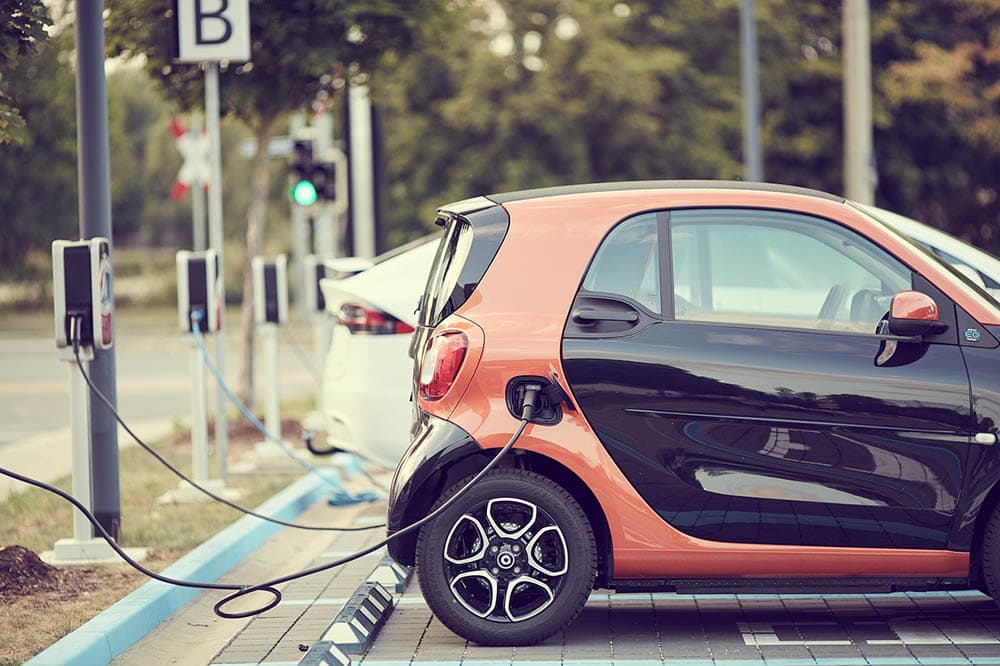
Frequently Asked Questions about Electric Cars
What kinds of electric vehicles are there?
The term electric cars is an umbrella term for a range of vehicles. In fact, they are not all powered purely by electricity. Some still have internal combustion engines alongside plug-in batteries and electric motors.
Electric vehicles include battery electric vehicles (BEV), plug-in hybrid vehicles (PHEVs), and hybrid electric vehicles (HEVs).
Battery electric vehicles (BEV) are vehicles with an electric rechargeable battery. They have no other propulsion system.
Plug-in hybrid electric vehicles are vehicles, also known as petrol/electric hybrids or gas/electric hybrids. They use both a plug-in battery and a gasoline or diesel engine.
Hybrid electric vehicles operate like plug-in hybrid electric vehicles. However, they do not have a plug. Instead, they recover energy and recharge their batteries as they move through regenerative braking.
(EVgo)
How much do electric vehicles cost?
The cost of your vehicle depends on the type and brand of car you want. That’s because some brands and models are more expensive than others. The price will also depend on the driving range between charges, the presence of an extended battery range, and the speed of recharging.
Do electric cars produce any emissions?
The answer depends on the type of vehicle you have. A gasoline/electric hybrid produces emissions because of its combustion engine. However, it reduces the amount of emissions because of the plug-in electric battery. A battery-powered vehicle emits no gases at all.
What is the range of electric cars?
The range depends on a few factors. They include battery capacity, its type, and the speed of charging. However, 200 and above miles is the range for most EVs.
Your battery could last between 10-20 years if you use it daily. However, there are other factors that can affect its lifespan. These include the number of times you charge the battery, your driving habits, and the technology used.
(Cox Automotive)
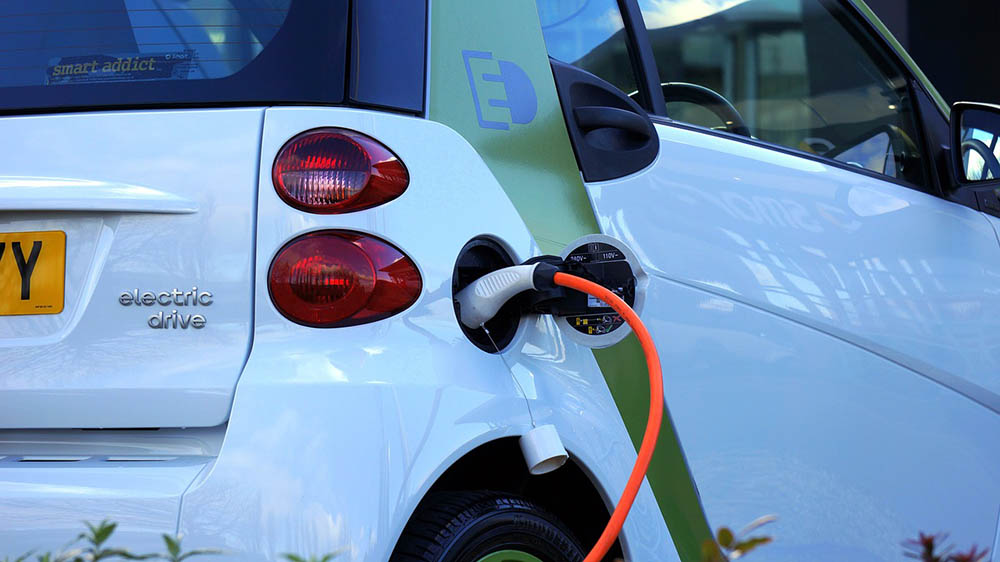
Are electric cars more expensive than gasoline cars?
Electric cars have a higher initial price than comparable petrol models because of the batteries. However, the daily costs of recharging and the low maintenance of the electric unit make it cheaper in the long term.
(Wepredict)
How long does it take to charge an electric car?
Charging an electric vehicle can take you anything from 30-min to 12 or more hours. The charging time depends on the speed of the charging station and battery size. To fully charge a typical 60kWh battery will take around 8 hours or less on a 7kW charging point.
(Pod-point)
The Future of Electric Cars
EVs are becoming increasingly popular around the world. They have been a part of road use for about a decade now, but their popularity has increased dramatically in recent years. With heavy investment and widespread government support, they will become a large part of the worldwide transport system.
The future of electric cars looks bright. Car experts expect EVs to play a significant role in the vehicle market over the next ten years and beyond. The major companies have been improving their technology and finding new ways to drive demand for their vehicles.
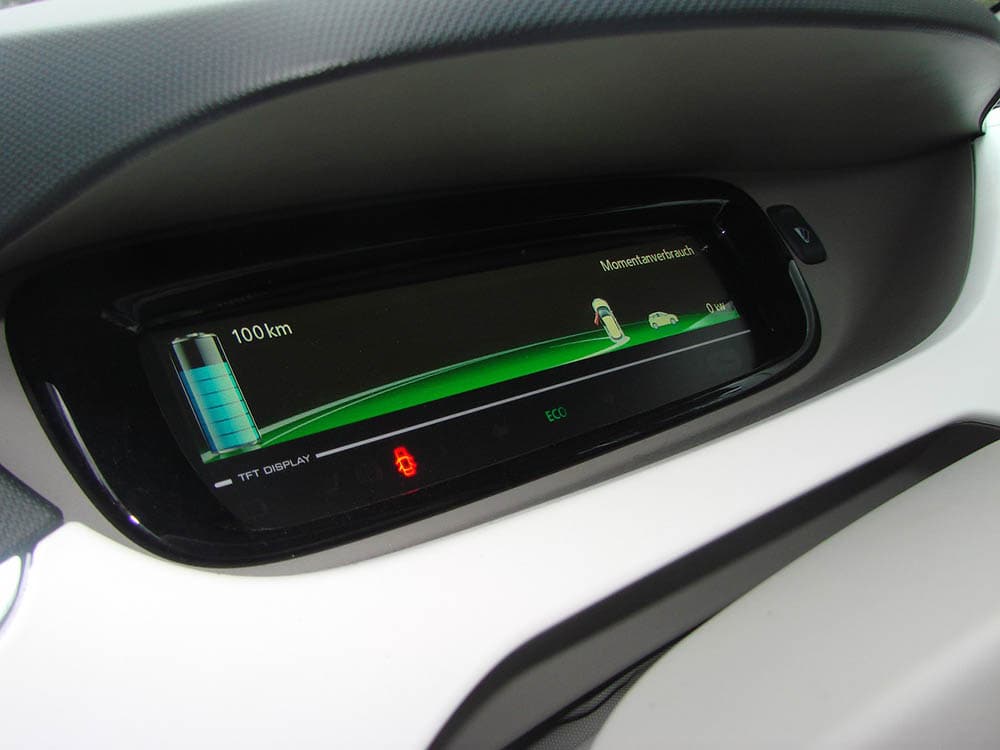
•You might also like:How Much Are PODS for Moving?
•How Tall Are ADA Accessible Toilets?
•You might also like:Does Homeowners Insurance Cover Electrical Panel Replacement?
Conclusion
With the current EV trend, the market will continue expanding in the coming years. As more environmentally conscious drivers switch to EVs, the industry will continue to grow in popularity. With more demand, you can only expect the prices to drop and the technology to improve.
Related Reads:
- 10 United States Car Sales Statistics
- Can You Charge an Electric Car at Home?
- What Percentage of Cars Are Electric?
Featured Image Credit: andreas160578, Pixabay
Contents




